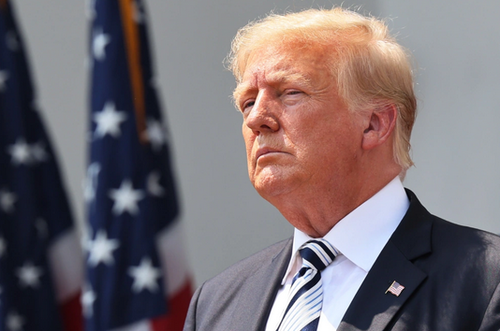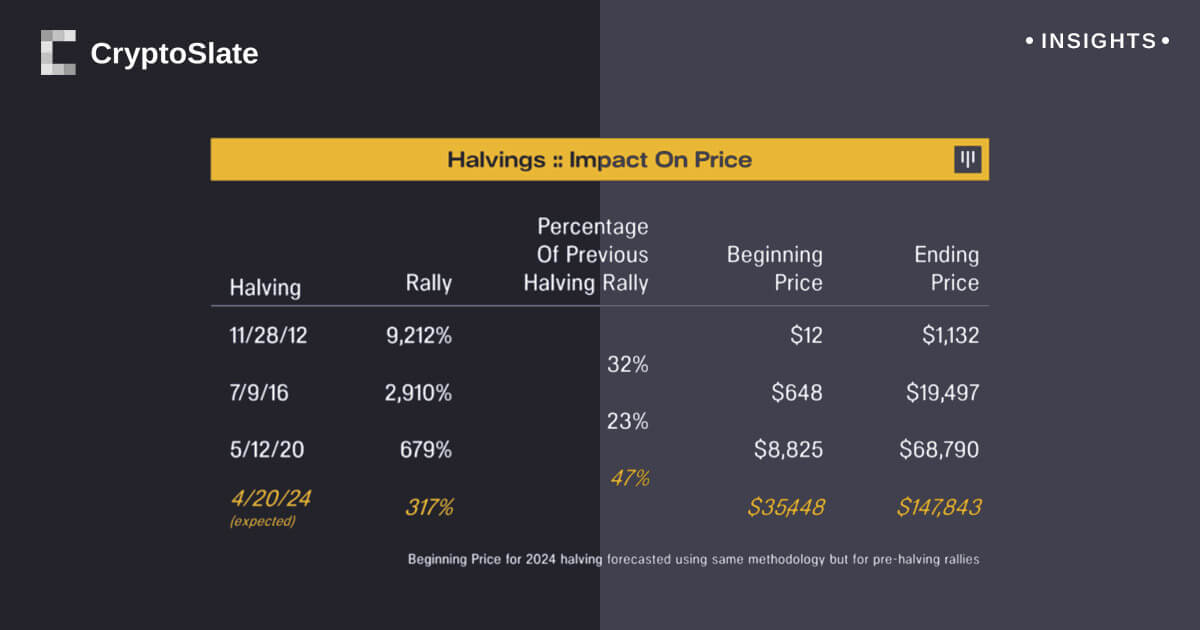In 2016, the Government of India signed a contract with the Reserve Bank of India (RBI), making the latter responsible for a numerical inflation target within a band. This was our transition to a flexible inflation targeting regime, hailed as a major reform, and a step toward strengthening central bank independence. It wasn’t as if RBI’s mandate was not clearly understood prior to this reform, but the numerical target and explicit responsibility was new. In the event it failed to fulfil its mandate, there was a consequence spelt out. This was that RBI would have to “explain” to the government its failure at inflation control. Indeed, RBI has failed for the past two years, as inflation stubbornly stayed above 6%, the upper end of the band. There are no grace marks in this exam. Even 1% outside the band is counted as failure. There are some murmurs that an exclusive inflation mandate was a bad idea and central bank independence is an idea that’s being repudiated worldwide. Yet an explanation letter from the offending party is to be dispatched shortly from Mint Street to Delhi. Alas, neither Parliament nor the public will be privy to its contents. Why the secrecy? In an era when even the minutes of Monetary Policy Committee meetings and identities of individuals and how they voted are made public, what is so sensitive about an explanatory letter? It is not that an uncomprehending public is being spared esoteric language and mathematical models, which are the presumed content of this letter. Is it because RBI might reveal the true burden of a fiscal overhang that makes its job so difficult? Or that its ‘independence’ has been drastically compromised? RBI has in recent years found that despite using the powerful ammunition of sophisticated models and extensive survey data, besides various monetary tools at its disposal, not only is inflation difficult to tame, it is also difficult to predict. RBI has underestimated inflation many times. There are several reasons for this, global and local. India’s inflation is dominated by food and fuel, and RBI is not alone in finding itself unequal to this task. Look at central banks around the world as they struggle with post-war record inflation, and now face the blame for acting too late as inflation expectations get entrenched. Look at extreme price volatility (remember that the West Texas benchmark oil price was briefly a negative $37.6 per barrel in April 2020!). So, inflation prediction and management is an intractable problem by its very nature. That does not mean we should not entrust central banks with the task of protecting the value of our currency.
To be able to protect a currency from value erosion, the time horizon of a central bank has to be longer than electoral cycles. It needs time to build credibility. Also, it must be immune from political pressure to either engineer a boom just before elections or to postpone rate-hike pain so as to not displease voters. That is why some independence or autonomy is needed. Such autonomy does not mean that there is no accountability.
The necessity of independence has been a matter of faith for several decades. If the economy is headed for a recession, the central bank must provide some stimulus, but not too much. If the economy is overheating, the bank must apply the brakes, sooner than later. But it must not succumb to political pressure or to the popular mood or financial markets. The famous quote that the US Fed’s job is “to take away the punch bowl just as the party gets going” is from the 1950s, said by the then chairman of the Federal Reserve Bank of America. But ever since the fall of Lehman and more recently due to unanticipated events like Brexit, the pandemic and now the unending Ukraine war, that maxim has got severely tested. We have even invented terms like “unconventional policies” and quantitative easing, to mean de facto fiscal support using the central bank. More than half of all government debt in Japan is owned by the central bank. The president of Turkey fired several central bank chiefs for not doing his bidding. In the US, the Fed is seeming to bend under pressure from Washington or Wall Street or both. In India too, the massive fiscal expansion of the past two-and-a-half years has been bankrolled largely by RBI. Recently, the Prime Minister of Finland questioned central banks which are driving economies toward recession due to mindless hawkishness.
Does this portend the end of the era of central bank independence? Not quite. How will central banks otherwise protect the currency and push back fiscal (i.e. inflationary) threats? You cannot fight inflation by distributing extra money to people. You cannot spend your way out of inflation. Former UK prime minister Liz Truss found out the hard way that you cannot cut taxes and increase spending to help people meet extra energy bills and still keep inflation under control. That ‘mini-budget’ plan had to be aborted. Central bank advice must be respected by spendthrift politicians. But perhaps we are heading into an era of greater monetary and fiscal coordination, or even cooperation. Former RBI governor Y.V. Reddy used to say cheekily that RBI has complete autonomy as long as it is in an area circumscribed by Delhi. As during Reddy’s time, we may have to move back to the earlier framework of multiple indicators and a multi-objective framework for monetary policy, inflation management, financial stability and full employment. The weights may shift, but that won’t make the central bank non-transparent. It will remain accountable without having to post explanation letters!
Ajit Ranade is a Pune-based economist
Download The Mint News App to get Daily Market Updates.
More
Less















